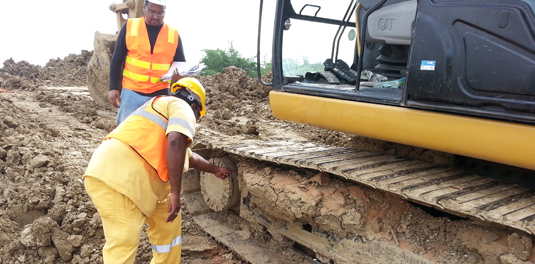Inspections guarantee that your machines are safe to use. These can make the equipment run longer and more efficiently, minimizing the number of trips to the mechanic. This heavy machinery inspection checklist will assist you in determining what to look for throughout the inspection procedure.
The manufacturer of your heavy equipment is the most knowledgeable about it. When starting an examination, the owner’s handbook for the equipment is a useful resource. It should contain exact dates for how frequently you should execute the process as well as the specific processes to follow.
How To Use The Equipment?
Specific inspection criteria for heavy equipment used on the workplace are outlined by the Occupational Safety and Health Administration (OSHA). These criteria should be understood by site managers and crew members, as well as how they pertain to the machine’s intended usage. They must complete these activities before using the machinery.
First and Foremost Is Safety
The examination should begin with an evaluation of the machine’s safety measures to ensure that they are in good working order. Check the braking system, couplers, horn, steering mechanism, lights, tires, window glass, mirrors, and seat belts, among other things.
Wear and Damage Check
The mechanical systems of the machine should also be inspected for worn components and other concerns that might lead to a failure. Pools of liquid beneath the apparatus, for example, most often signal a fluid leak that demands rapid repair. Even if there are no apparent indicators of a leak, always check the gasoline, oil, coolant, and other fluid levels before using the machine. The performance of the equipment may be impacted by structural damage such as bent frames or significant dents. Attachments such as buckets, augers, blades, and rakes should be in good shape and firmly connected.






